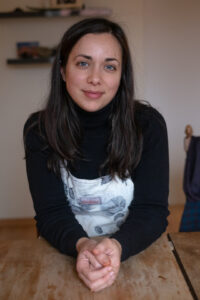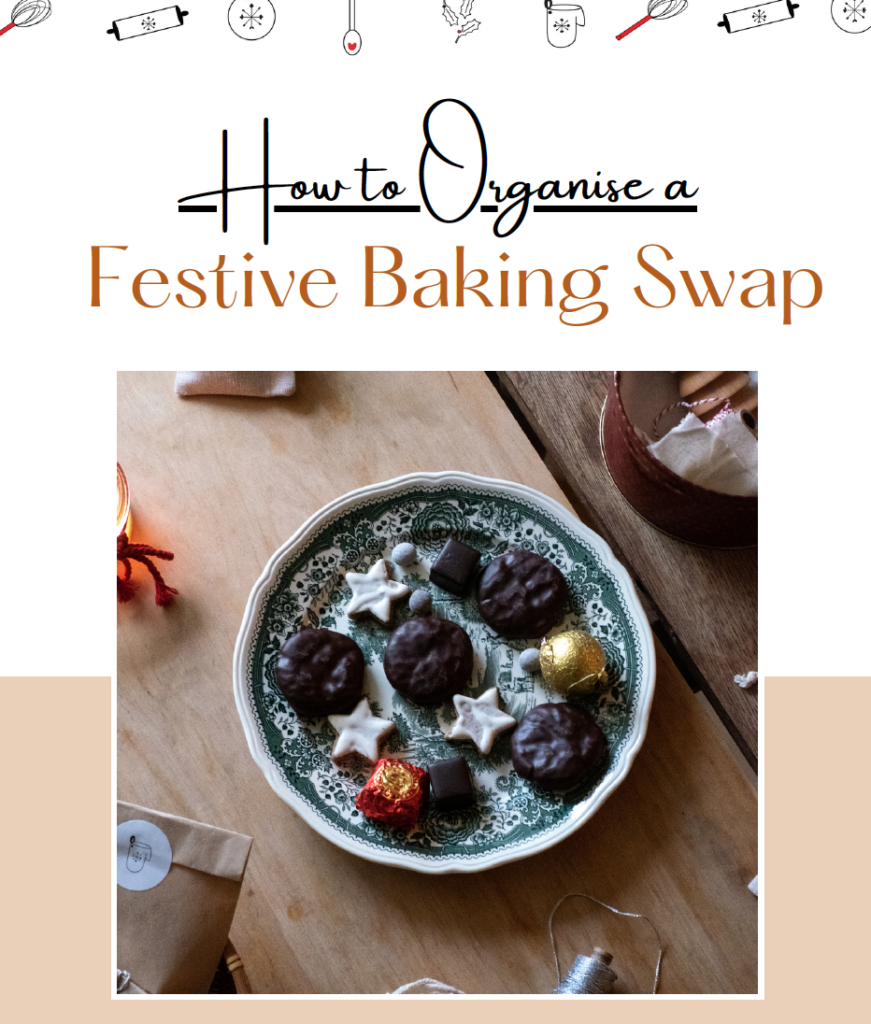
Paola Gavin is a London-based food writer and cookbook author. To date she has published four cookbooks, all with a focus on vegetarian cooking.
1. Paola, you are a food writer and a cookbook author. Can you share with us a brief snapshot of where you were born, the cities you have lived in, and where you are currently based?
I was raised in Hove on the south coast of England, but moved to London when I was eleven. I was lucky enough to go to an excellent private school in Brook Green, (where I learnt Italian) then went on to study fine art at St. Martin’s School of Art. I mention this because it explains why I chose to use images of still life paintings to accompany my recipes on Instagram.
Soon after I left art school, I married an American actor who was then living in Italy. We spent our two week honeymoon slowly driving through France and Italy down to Rome, eating, of course in little trattorias, where the locals ate, which was amazing. A lot more travel followed. We returned to live in London for a bit, then moved to Los Angeles, then Toronto, London, back to Los Angeles and then Upstate New York, where I separated from my husband and finally returned to London with my three daughters, where I have remained ever since. By this time, I was very glad to stay in one place.
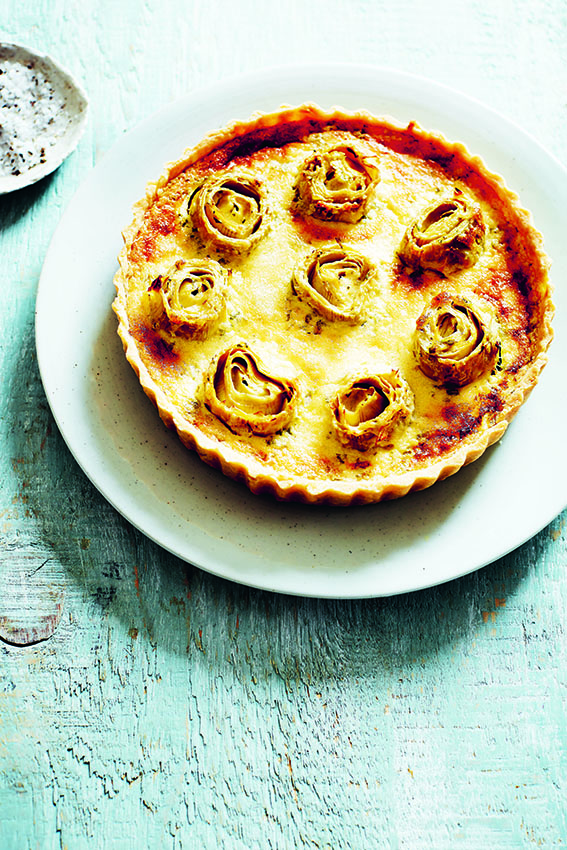
2. What was your journey into food writing and authoring cookbooks?
I think my interest in food and cooking really began when I was about 8 years old. We had an ‘au pair’ girl living with us from Sardinia, who taught me how to make pan d’Espagna (sponge cake), bianchini (Sardinian meringues) and how to make a real tomato sauce with garlic and herbs. I have loved cooking ever since.
Years later, when in my early twenties, I became a vegetarian – (probably the best decision I have ever made). At that time, it was not easy to find vegetarian cookbooks that included food I liked to eat. They were all full of nut roasts and meat substitutes. As I had travelled widely across Europe, I liked the way Europeans ate, especially around the Mediterranean. Of course, living in Italy was the real game-changer. It was a paradise for vegetarians. There was so much choice. Vegetables were treated with respect. They were always eaten in season and were often served as a course on their own.
By now I had travelled by car from one end of Italy to the other many times, so had discovered first-hand how the food and culture changed from one region to another. Italy really is 20 different countries with 20 different cuisines. Someone from Milan still thinks of someone from Calabria as a foreigner. It also helped that I had been very good at languages in school – I studied French and German, as well as Italian – which was very useful.

3. Can you tell us briefly about the focus of each of your four cookbooks and the inspiration for each one?
So, as I said, living and travelling around Italy was the inspiration for my first book: Italian Vegetarian Cooking. Actually, I did not start writing the book until I was living Upstate, New York. By this time I had three young children and quickly discovered that American Italian food was a million miles away from what I was used to eating in Italy. So that gave me the impetus to start writing. I wanted to share my knowledge of Italian food and culture and how different it was from region to region.
I started writing my second cookbook: French Vegetarian Cooking soon after. As I knew France very well and had travelled widely all over the country, I wanted to write about the vegetarian food from every region in France. At that time most cookbooks divided France into 6 or 7 regions. I split France up into forty provinces. I remember people being surprised that I was writing a book on French Vegetarian food. “But they eat so much meat,“ everyone would say. They forgot that France grows some of the finest fruit and vegetables in the world – and each region has an amazing repertoire of incredible vegetarian food.
My third book was Mediterranean Vegetarian Cooking. I didn’t mention this before, but as a child I had visited many places around the Mediterranean like Istanbul, Tripoli, Corfu, Rhodes, Dubrovnik, southern Spain and Mallorca – to name a few. I had also spent 3 months staying at a friend’s flat in Israel. Since then, I spent a lot of time travelling all over Greece and Croatia and visiting Berlin and Vienna, where one of my daughters was living. So Eastern Europe and the Mediterranean and its cooking are very familiar to me, and really the way I like to eat at home. So I decided to write the next book about the vegetarian food in all the countries around the Mediterranean.
I should perhaps mention that I became vegetarian because I became obsessed with health and diet after spending a week at an old-fashioned health farm, where you were put on a real fast: nothing but hot water and a slice of lemon for 5 or 6 days – quite hard core but wonderful and a real detox. I don’t think they exist in this country like that anymore, but they still do in Germany and Hungary. Anyhow, ever since I started to read all the health books I could lay my hands on – which is the reason I became a vegetarian. I mention this because it is fundamental to my choices of recipes, which are always based on whether I think the recipe is not only special but also healthy. I always try to choose good ingredients and include as little sugar as possible. I also I am a self-taught cook and like to eat simply, so I look out for recipes that are quick and easy to prepare. Recipes that, wherever possible, leave room for a little improvisation. As the French chef and food writer, Roger Lallemand writes: ”Cooking is above all a question of heart and personality not weights and measures.”

4. For people that don’t follow you on social media, you regularly post beautiful images of food art along with a recipe. What inspires your selections?
I have to say that my Instagram choices are primarily based on colour coordination – the recipes come second. I like to play with colour and try to make the images blend into one another as much as possible. I always try to post recipes that are appropriate for the season, but It’s not always easy to find an image that will go with colour scheme I have up on Instagram, and also fits the season. I also love great paintings, and enjoy discovering artworks I never knew existed. Anyhow, that’s become my format, so I am sticking to it…for the moment, anyway.

5. In your most recent cookbook, Hazana, you covered 20 countries and 150 recipes on Jewish vegetarian cooking. Could you tell us about that experience, did you go to all 20 countries and what were some of the most exciting recipes you came across in your research for the book?
While researching my other books, I came across so many interesting and unusual Jewish recipes that I realised I wanted to put them all in a new book, many of which ended up in Hazana: Jewish Vegetarian Cooking. I have to admit I have not been to all the countries in the book, like Iraq and Syria. Being Jewish, they would not welcome me! But I am an avid researcher, and have many friends from different parts of the world, who have helped me with my research. Regarding the most exciting recipes, it’s hard to choose. I love the Sabbath artichoke and fennel salad with harissa, and the beetroot salad with pomegranate molasses and sesame seeds. They are so simple, but taste so good. I also am a big fan of filo pastry. It makes using pastry so quick and easy and is much lighter and far less fattening than puff pastry or shortcrust pastry. So I included several recipes with filo pastry in the book, like pastel verde from Thessaloniki – that is filled with mixed greens, spring onions, feta and herbs, filas de balkabak, (pumpkin and feta triangles) as well as rodanchas de kalavasa amarilla (sweet pumpkin and walnut coils). I am also very fond of an unusual recipe for honig leiker – a Polish honey cake that is also delicious toasted and spread with butter.
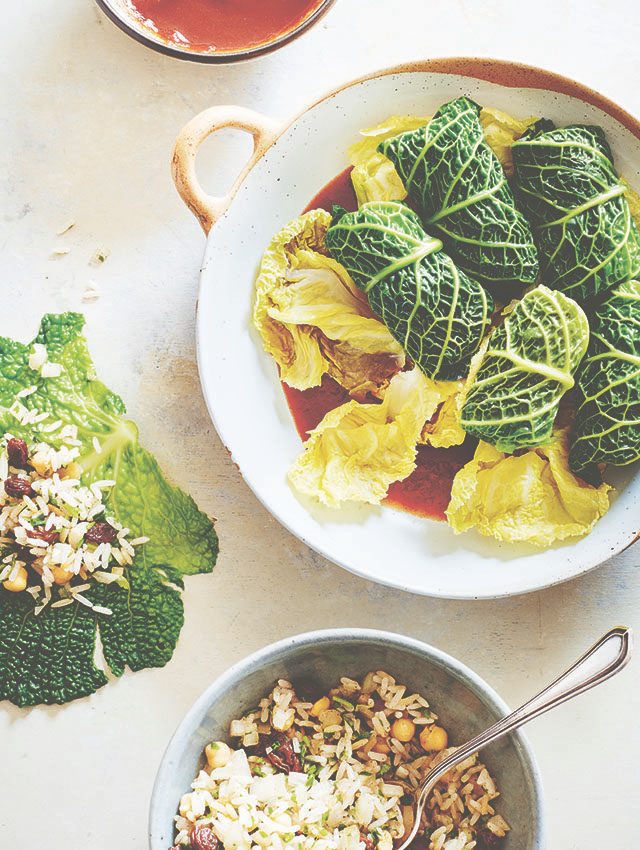
6. You are currently based in London. Could you share some of your favourite places to eat and visit?
I have to confess that ever since the pandemic, I seldom go out to eat. I really enjoy eating at home. I love to visit farmer’s markets. There are two local to me: one in Primrose hill and another in Parliament Hill in northwest London. Both are excellent. They sell all kinds of organic greens, purple carrots with wonderful tops, a great selection of organic potatoes, yams, Swiss chard, kale, all kinds of vibrant lettuces, bags of wild herbs and cresses, organic biodynamic eggs, and whatever fruit and vegetables are in season.
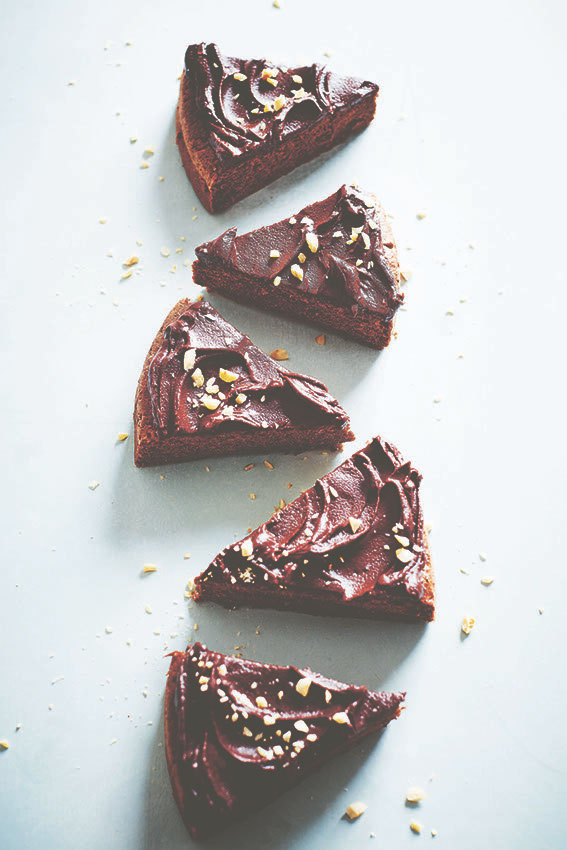
7. In terms of vegetarian cooking, what do you think are the most interesting cuisines utilising vegetables and why?
That’s really hard to answer. I have become quite eclectic. I love the cooking of so many different cuisines. Italian food will always have a special place in my heart, but I also love Greek cooking, because it is so simple and healthy. It has a wonderful repertoire of vegetarian and naturally vegan dishes, probably because there are so many days during the years that the Greek Orthodox Church prohibited the eating of meat. I also love the flavours of Israel and the Middle East like sumac, tahini, harissa, preserved lemons, silan (date molasses) and spice mixes like baharat, za’atar and hawaij. My mother’s family came from Ukraine, so I was brought up on Ashkenazi Jewish food like borscht, latkes, pampushki (stuffed potato croquettes), cheese blintzes and strudels – which I am very fond of. In recent years I have also become interested in the cooking of the Caucasus, especially that of Georgia and Azerbaijan. I love their use of walnuts, herbs, spices and flavourings, like barberries, sour cherries, tamarind, ground marigold and coriander.
8. Paola, are you working on any new projects that you can share with us?
I always like to have one project on the go. There has been some interest in a new book, but as nothing has been firmed up yet, so I won’t share that with you just yet.
Paola Gavin
Instagram: @paolagavin
X (Twitter): @paolagavinfood
Food Photography images by Mowie Kay
Website: https://www.mowiekay.com/
Instagram: @mowiekay


